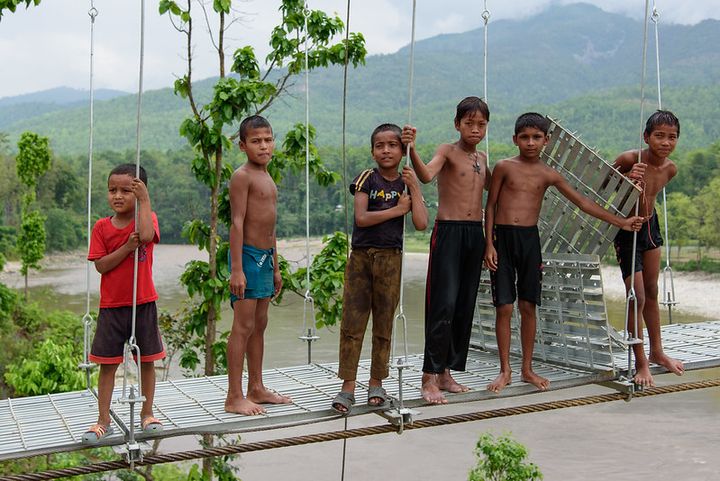Road to Egypt: Top five challenges for India ahead of COP27
A special edition in collaboration with Callaway Climate Insights

Welcome to today’s special edition of Lights On, a newsletter that brings you the key stories and exclusive intel on energy and climate change in South Asia.
This week I teamed up with David at Callaway Climate Insights for a pre-COP27 special, where we draw on one year of climate and energy reporting to tease out the main risks faced by India and the US as the annual climate negotiations approach. You can read David's analysis here - and if you haven't done it yet, I recommend subscribing to his essential newsletter.
Ahead of COP27 I am going to introduce new premium content. If you want to get access to unique climate and energy diplomacy analysis from today, here's your discount, for this week only:
Much has changed since last year’s UN climate talks. A war that triggered a global energy crisis, record high temperatures straining power networks around the world and – most recently – devastating floods that killed more than 1400 people in Pakistan. The world as we knew it when countries gathered in Glasgow for COP26 is no longer the same as the UN prepares for a new round of negotiations in Egypt’s Sharm El Sheikh.
Disasters and loss and damage will be at the top of the agenda for India, which faced a record heatwave this spring and is now dealing with extreme rains and floods that experts say carry the fingerprints of climate change. The government is prepared to join forces with other developing nations to once again demand compensation for climate disasters: last year’s negotiations stalled just as countries were close to agreeing to a global loss and damage facility.
Beyond the need for finance, this year’s disasters across South Asia have brought one of the region’s core political vulnerabilities to the fore. While countries sharing the Himalayan waters face the same environmental challenges, they are politically at odds more often than not. Whether India manages to decouple defence and climate response, and cooperate with rival nations such as Pakistan or even China, will determine its ability to bag climate finance and boost its global standing at COP27.
The climate talks in Egypt will also be an opportunity for India to reassess its relations with powers such as the US and the European Union, which have been strained by the Modi administration’s response to the Ukraine war. After Russia invaded Ukraine the two Western powers severed energy ties with the country as a sure way of crushing its economy, but India took advantage of the hefty discounts Russia offered on oil and coal, while also refusing to openly condemn the invasion. At COP27, India could make the case for more financial and technical support from the US and EU as it distances itself from fossil fuels, and in turn from Russia.
The reality is that while India likes to promote its impressive clean energy progress, it’s still heavily dependent on fossil fuels, particularly on coal, which covers 55 percent of the country’s energy needs. Bold plans for renewable energy development that matches new demand, therefore reducing the economy’s carbon intensity, are more dependent on foreign investment and knowledge transfer than the government is willing to admit. Topics such as green hydrogen trade or a carbon border adjustment mechanism, whereby a tax is levied on goods imported by the EU based on their carbon footprint, will weigh heavily on India’s green economy prospects. International investors are also hesitant to invest in India’s renewable space: the country attracts the equivalent of $9.4 billion (INR 750 billion) in foreign spending, only a third of what it would need to meet its clean energy ambitions. The climate talks will be an opportunity to showcase India’s decarbonisation strategies and send the right signal to the business community watching from the sidelines.
The last - but by no means the least - hot potato that India will have to handle at the global climate forum is its relationship with its most powerful neighbour, China, which still produces and sells the bulk of solar components India needs to meet its renewable goals. From batteries to PV modules, every attempt to cut ties with China through import duties ended up harming India’s industry, thus making it less attractive to foreign investors. While no one is likely to bring up the trade war, this conflict will loom large on India’s energy transition future and its ability to meet its commitments under the Paris Agreement.
That's all for today! If you enjoy this newsletter, remember to subscribe, for free or for $5 a month for full access to all future premium content:



